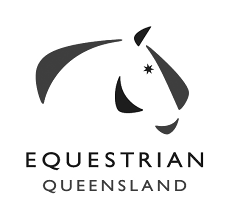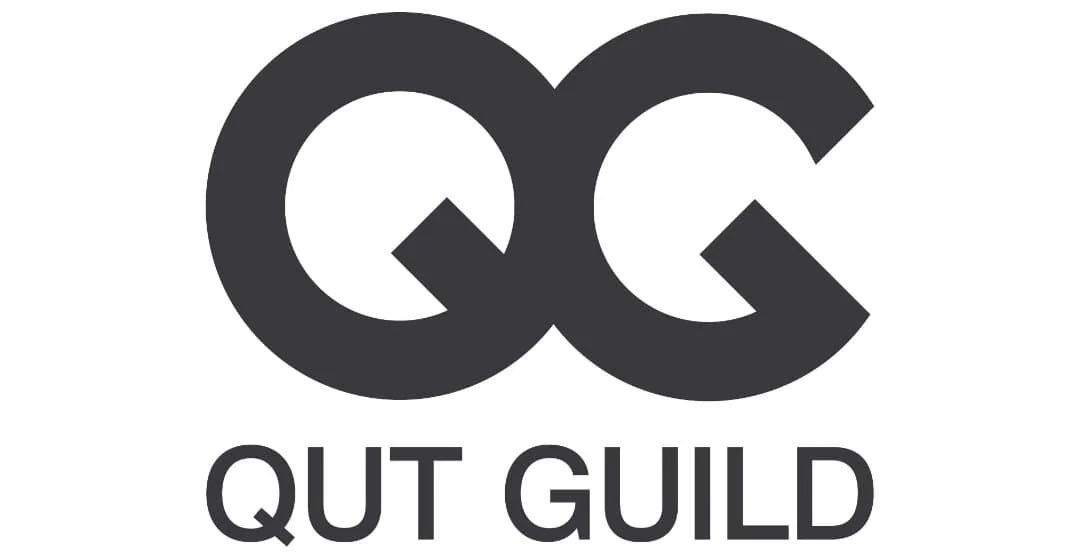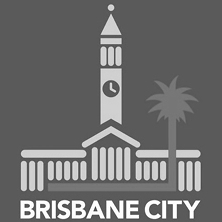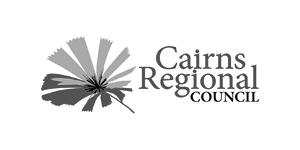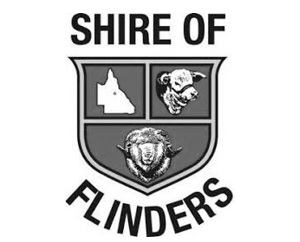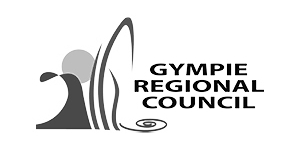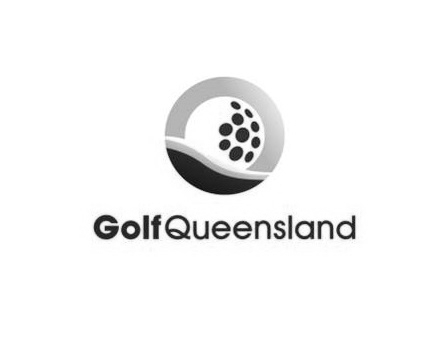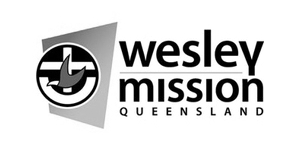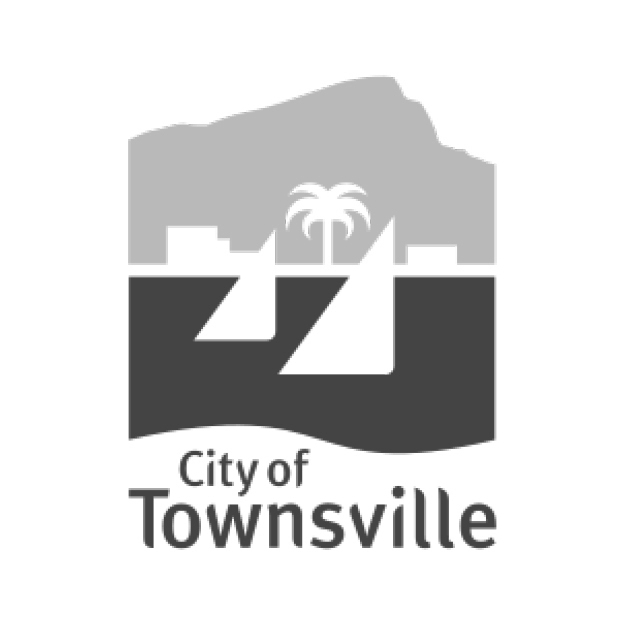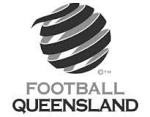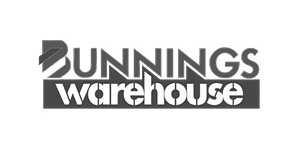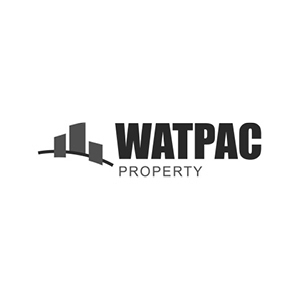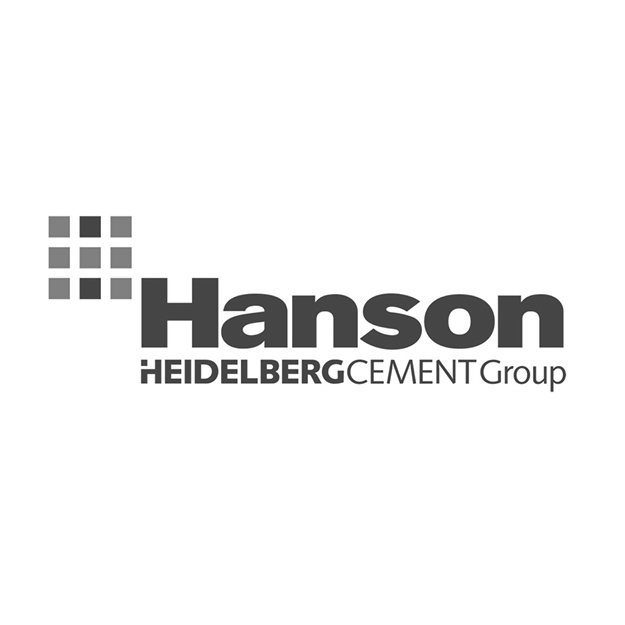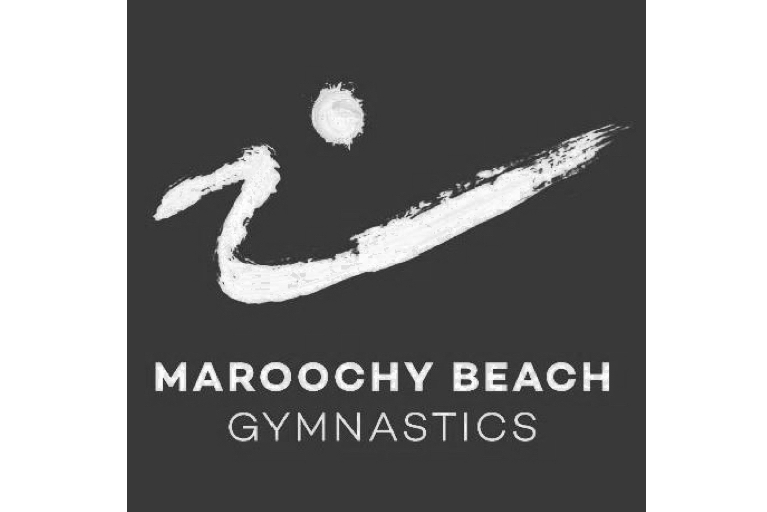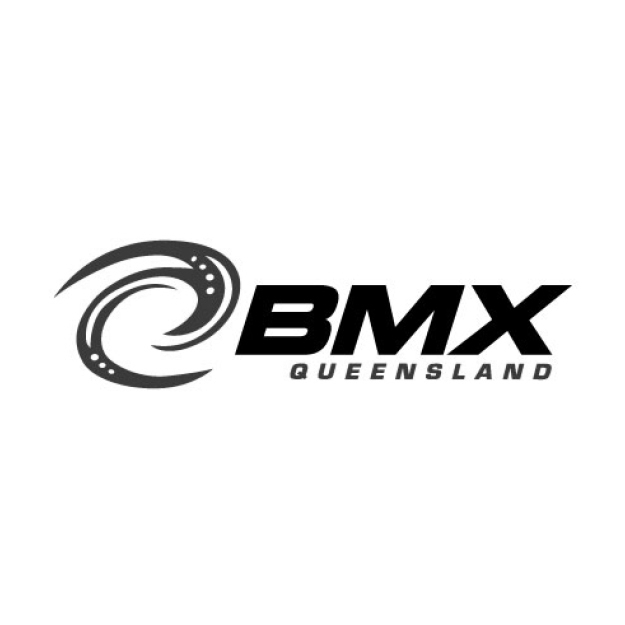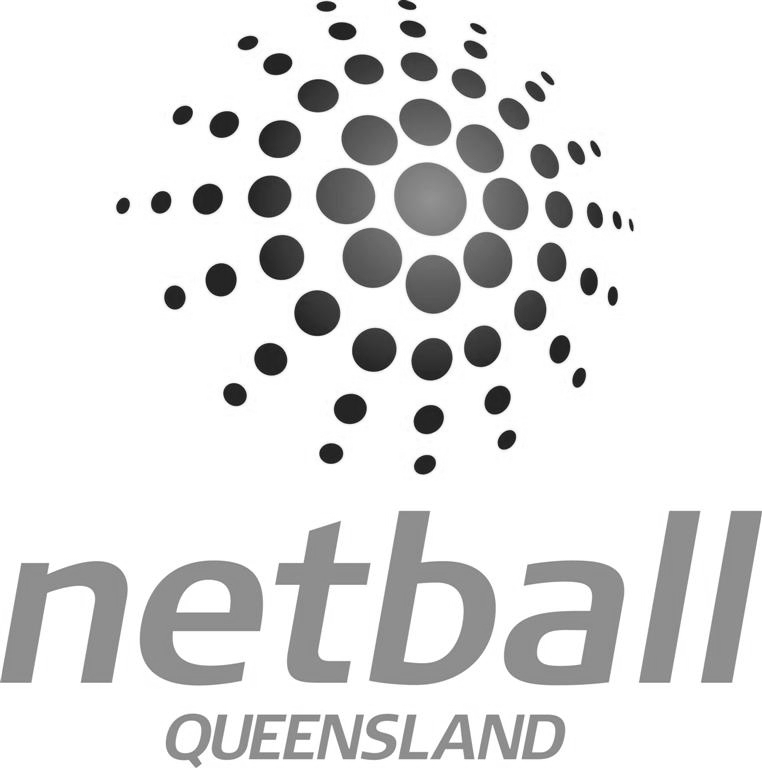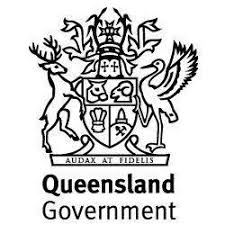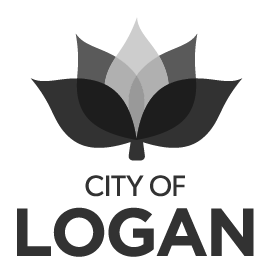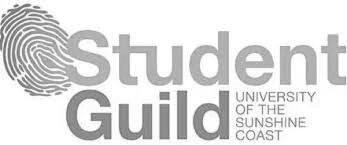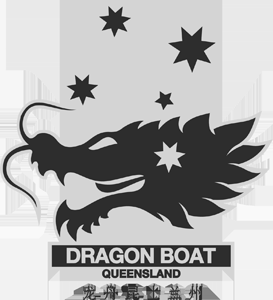Form or Function – which is more important?
Michael Connelly
Sports master planning can seem like a simple task. After all, isn’t it only a matter of geometry to work out how to make rectangle and oval fields and courts fit within the land shape available?
Well yes, and no… Firstly, you need to consider physical constraints of the land like topography, areas of protected or threatened vegetation, habitat areas on the site, flooding and overland flow paths, pedestrian and vehicle access to the site, and which parts of the land are serviced by power, water, sewerage and telecommunications. These constraints end up changing the shape of the land available and can dictate logical locations for master planned elements.
In planning terms, this is all about ‘form’ – how we logically plan physical elements to fit on the site and how it looks on a plan.
But commencing the planning process with form misses the most important ingredient in any sports master plan – the people!
How a site ‘functions’, that is, how the people we are planning for will use the space, is infinitely more important than how the plan looks on a poster.
Meaningful engagement with people when preparing a master plan is critical to uncover things like:
How have local sportspeople helped shape the culture of the community?
How does local industry shape sport and recreation participation? Does the community have a transient population? Is the area fuelled by tourism?
How will people access the site? Can they walk or ride there? If they drive, can they park there?
How will any future use of the land impact nearby residents or businesses?
Where are the nicest views?
Which parts of the site capture the best breezes to keep players and spectators cool?
Regardless of national trends, what sports or activities are most likely to best activate the space in that particular community?
What local events already attract visitors?
Can the land accommodate changing trends?
What is the difference between perceived need and actual need? And how will this impact on the site’s ability for multi-purpose usage?
How can people best share buildings and amenities?
So while the physical layout of fields and facilities on the land, the ‘form’, can be planned logically, when it comes to what makes local communities tick, there is no substitute for fully understanding how the land must ‘function’ to support the people who will bring a sports master plan to life.
At CPR Group, we are proud of our ability to listen to and engage with communities to understand the needs of the people who use sports facilities. Our sports master plans are created around the needs of people first, the function; and then we apply the logic of form.



